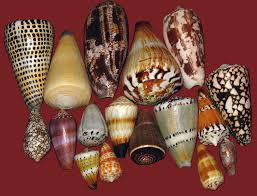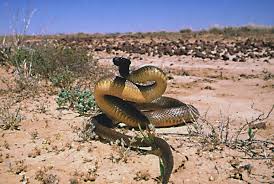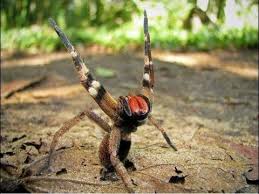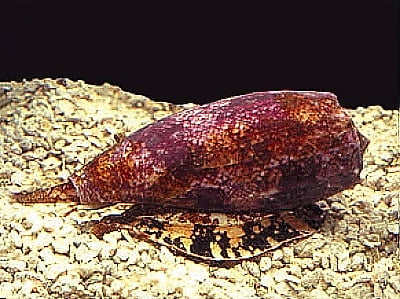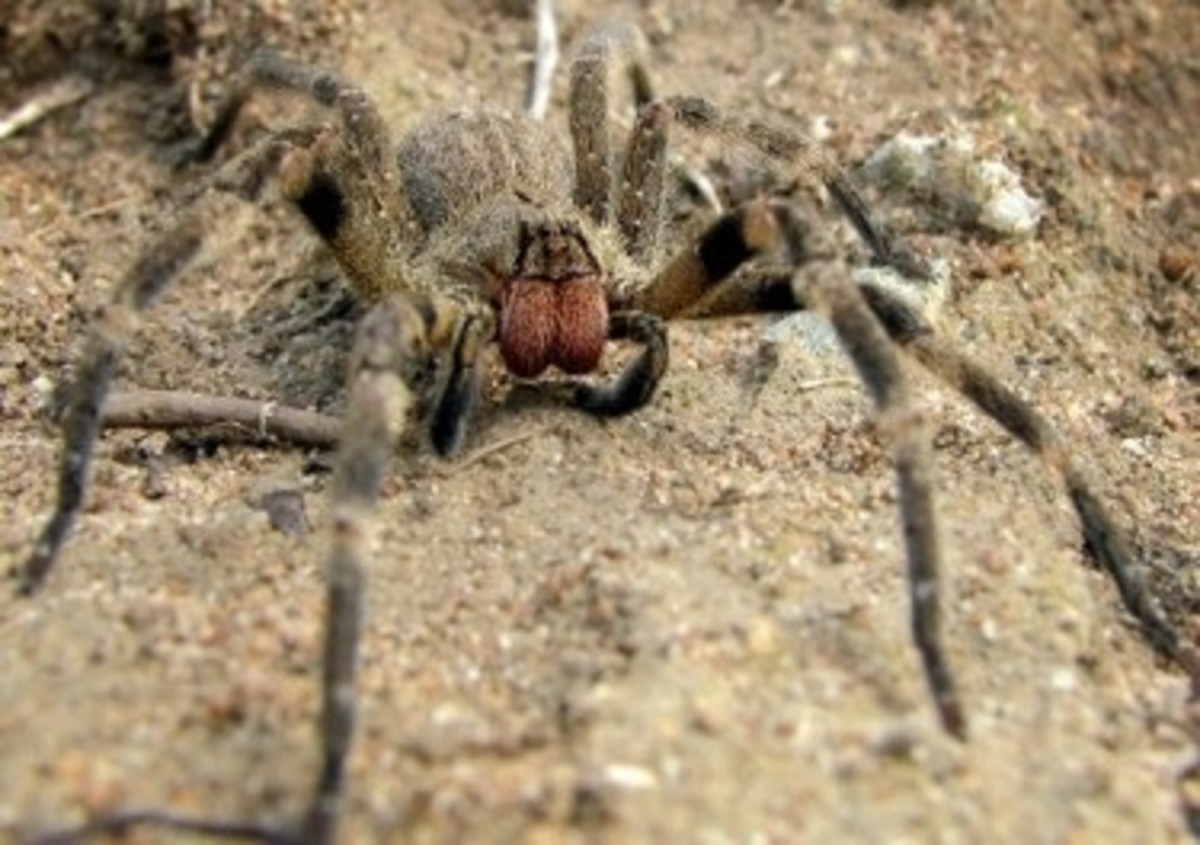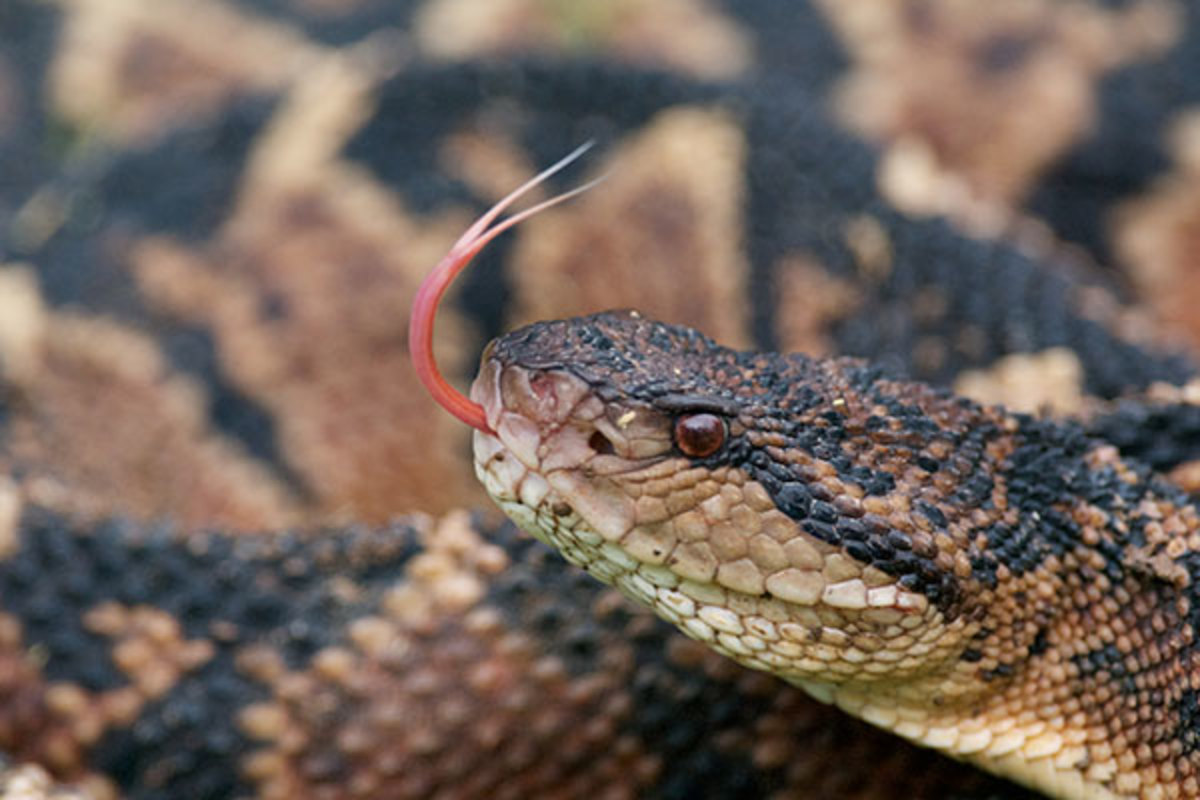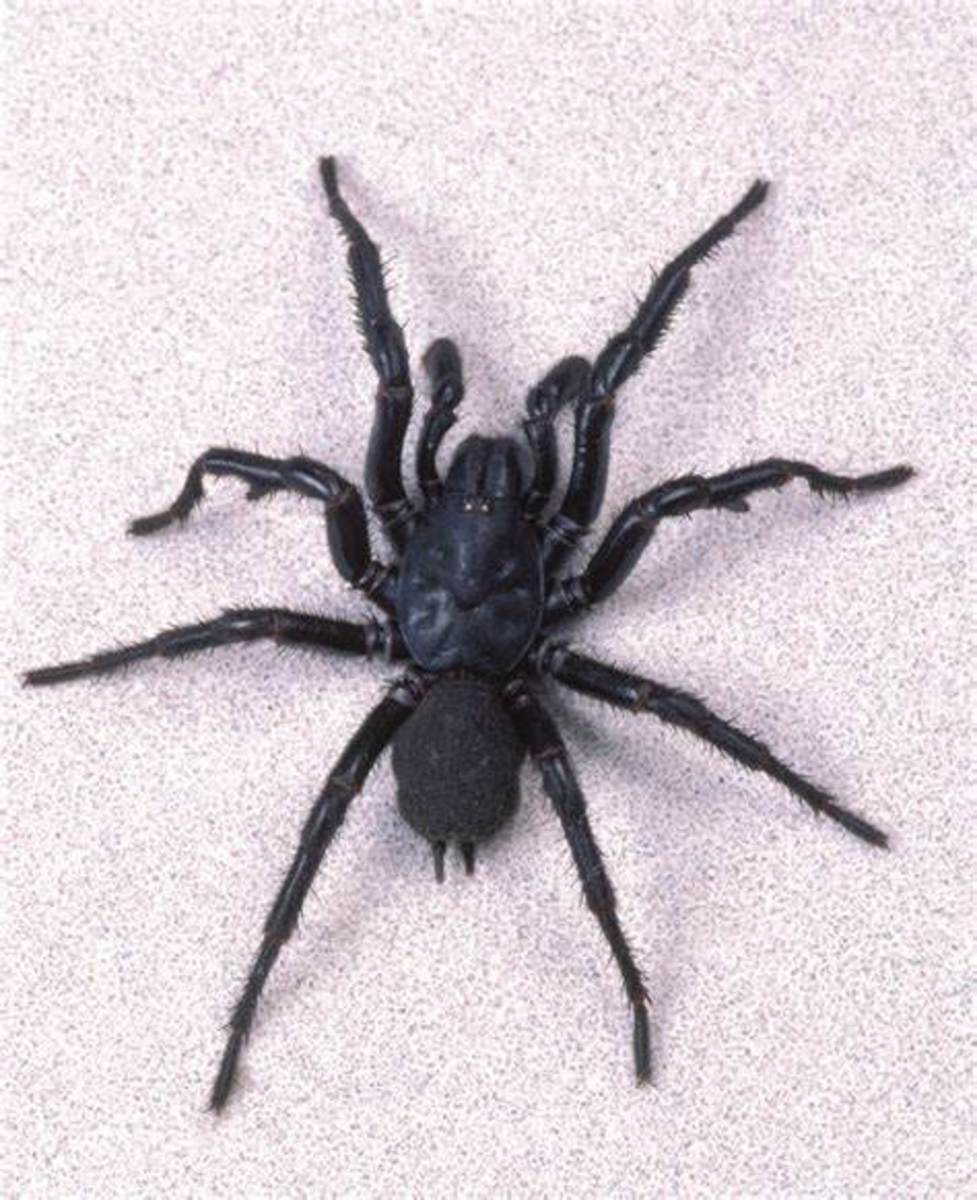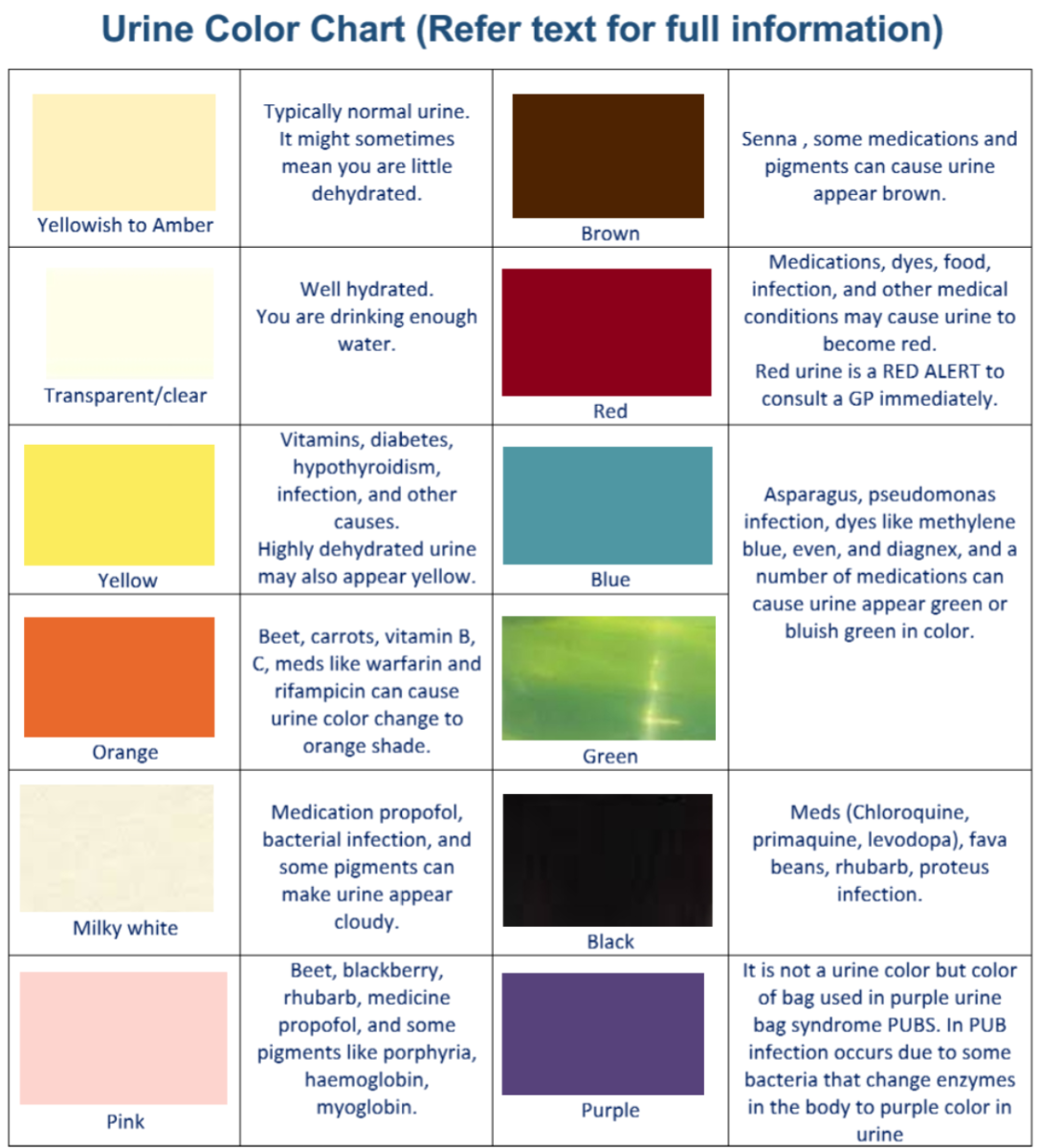The World's Most Venomous Creature
Curious how many beautiful creatures can also be lethal.
Click thumbnail to view full-size



Not a reptile, not an arachnid, not a jellyfish...please read on.
Many and acrimonious have been the arguments over the decades about which is the planet's most venomous creature. First, it was a snake, the Australian Inland Taipan being the herpologist's monster of choice.
Then spiders and scorpions stole the snake's limelight, the Sydney Funnel Web and Brazilian Wandering Spider finally taking the blue rosette as the ones to really steer clear of.
Next, various jellyfish, octopi and all the rest hit the headlines, the Blue Ringed Octopus becoming world knock-out champ for a few years, then the Aussie Bluebottle jelly.
As we said, these results are and have been hotly debated for a century or so and many more nasties could be added to the mix. Much of the ability to kill a man has depended on the amount of venom delivered as well as the individual potency.
But science has improved by leaps and bounds over the last few years, especially now that Big Pharma have got into the act, finding that the complex venom of many of these predators or defenders contains substances that can be useful medications, as well as venom that can defend, stun and kill.
This brings today's protagonist, the Conus Geographus onto center stage.
C. Geographus is just one species of the 500-odd Cone Shells found around the reefs and rocks of our oceans. But Geographus is the baby that has been discovered as the most venomous and a dangerous, as regards to the lethal potential of its venom, which has already sent more than 30 humans to an early death - and those are just the ones we know about.
Only fairly recently have shell collectors realized the danger of handling C. Geographus. Most deaths have occurred within the shell collecting fraternity. Geographus has a particularly handsome and desirable cone shell.
The Piscivore feeds on small fish, stunning them by means of a harpoon attached to a proboscis which it fires through the aperture in the shell. Tiring of being snatched from the security of its reef home; passed from hand to hand: shaken, licked and generally mishandled, has the animal been heard to hiss, "screw this," as it fires its harpoon - tipped proboscis into the offending hand, injecting a tiny drop of its defensive venom? Thus commencing a chain of events that cause extreme pain, paralysis and even death. This venom is so deadly that something like.00005 of a gram can be lethal, and the geographus venom reserve is enough to kill up to 20 adult humans! And no antivenin exists.
All this in a tiny predator a few inches in length. People have asked, "Why on earth does a little shell fish need such a potent venom?" The answer is the same for all venomous creatures who are not fleet of foot compared to their prey. Geographus eats small fish that would swim away if they were not paralyzed within a second or so.
The obvious advice here is do not play with any cone shells, as the "dead one" might be really alive and planning your demise! Like mushroom fungi, some are OK and some will kill you when eaten.
Pharmacological Properties of Cone Shell Venom.
It is still early days with the research ongoing with the complex proteins, etc., that make up this incredible weapon.
So far, pain killers 10,000 times more powerful that morphine have been analyzed.- and much, much more (see scientific articles via Google).
But for diabetics like this author, the most spellbinding facet of the cone's weaponry is the use of an insulin, separate from the creature's own insulin, and contained in its venom. This actually causes hypoglycemic shock in its prey. Apart from one of its peers, C. Tulipa and itself, no other creature in the known universe has used insulin as a weapon except Man (several murders involving insulin over-dosage have been recorded in police records and crime novels).
During the day, nocturnal C. Geographus buried itself in sand, coming out to predate at night, which may be one reason they haven't disposed of more incautious collectors.
It has few predators to fear, apart from some sea turtles and rays.
In understanding just a little of what evolution has provided this humble creature with over the millions of years - a complex venom containing hundreds of proteins, collectively labelled as Conantokins, an observer can only wonder anew at this amazing universe.

